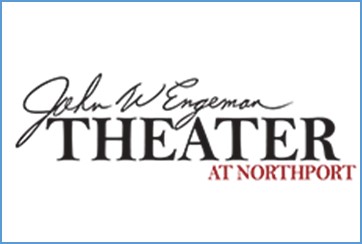New Stewards Watch Over Grist Mill
/The Van Wyck-Lefferts Tide Mill and the Mill Cove Waterfowl Sanctuary will be repaired and preserved under new ownership and stewardship. Photo courtesy Richard Hamburger
By Sophia Ricco
sricco@longislandergroup.com
The Van Wyck-Lefferts Tide Mill and the Mill Cove Waterfowl Sanctuary will live to see many more days.
Previously gifted to The Nature Conservancy by local residents, the organization felt their efforts are best spent protecting other Long Island lands and waters. They transferred the 17-acre parcel to a newly formed non-profit whose mission is to support responsible public access and enjoyment of the mill.
“We are a group of neighbors who enjoyed seeing the mill and felt it was important to protect the mill and preserve the site,” Van Wyck-Lefferts Tide Mill Sanctuary president Richard Hamburger said.
The historic gristmill was built in approximately 1794 in what is now the Village of Lloyd Harbor. At the time the area was predominately agricultural. The mill processed grains harvested on Long Island into flour. A hundred years later, technology advances brought steam-driven rolling mills.
“Inside the building you’ll find its original wooden gears and buffalo leather belts,” Hamburger said. “This is an interesting anomaly because that technology was replaced by steam rollers and steel chains in the mid-19th century. The owner at the time chose not to invest in this new technology so as a result he used obsolete technology for another 50 years.”
As time has gone on, it has become known as the best-maintained 18th-century tidal gristmill in the country.
“This one is very important to the history of American gristmills because it’s still in its original location and incredibly well-preserved,” Hamburger said.
The organization plans to repair and restore the site, through projects, funded by State grants and community contribution. The first project they will tackle in the spring is fixing the pond’s dam to prevent overtoppings. The repair will harden the dam’s structure and hold soil in through planting appropriate marsh grasses.
“Climate change has caused the overtoppings to become more frequent,” Hamburger said. “Starting with Superstorm Sandy, there has been significant erosion to the North end of the damn. Our first project of physical reconstruction is to stabilize the dam.”
The organization has partnered with the Huntington Historical Society to expand tours and other public education activities. However, the society can only run 10-15 tours a season since access is by water and boats can only be docked during high tide.
“They have the expertise to conduct the tours, their volunteers learn the history,” Hamburger said.
Hamburger believes the site would be interesting to historians, academics and environmentalists who could study the cove and mill.
“It has stood there with great dignity for 225 years, it’s seen the changes of Lloyd Harbor,” Hamburger said. “Historic structures help us understand where we came from and that the world does change.”





